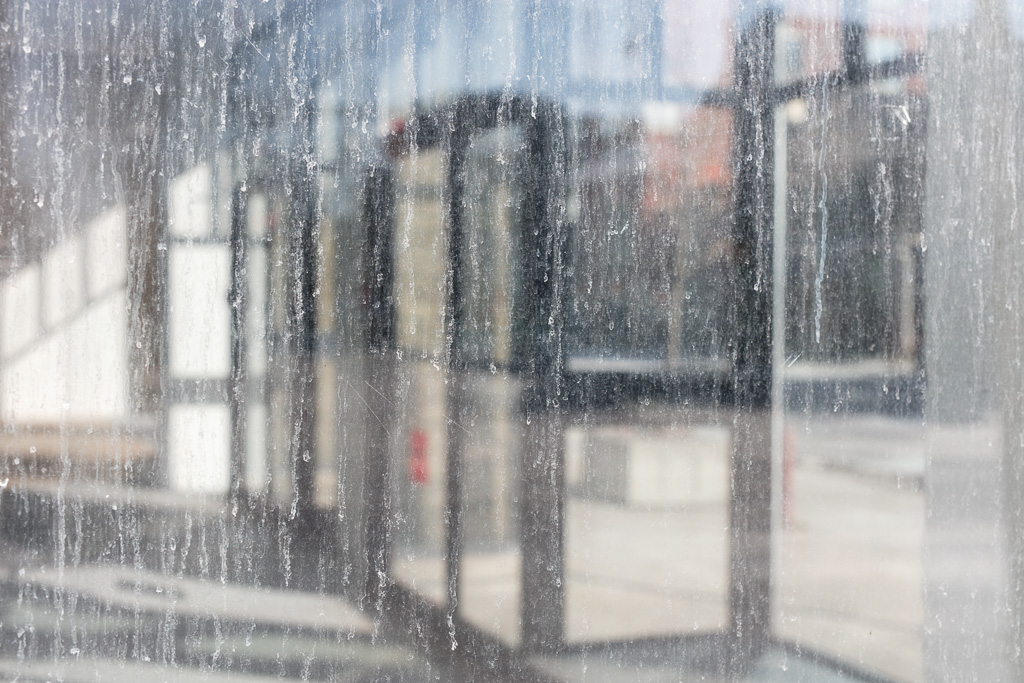If I were a multi-billionaire who chaired the board of a company that was developing a privatized space program, I wouldn’t bother launching cars into orbit around the sun or sending people to Mars. Instead, I’d develop my own Voyager probe with my own Golden Record. That, I think, is a safer bet for achieving immortality.
Under the leadership of Carl Sagan, a team developed The Golden Record, a durable greeting that included music, maps detailing its origins, voice recordings in many languages, images, and of course technical drawings that would allow alien creatures to decode The Golden Record. Sagan’s brainchild was fixed to the two Voyager probes and launched in 1977. Voyager I has now traveled 155 astronomical units making it the first human-made object to exit the solar system. Someday, technically advanced aliens might retrieve one of the Voyager probes and decipher our greetings.
What interests me are the images Sagan’s team selected. Puzzling (at least to me) is the fact that the images include a photo of Terminal One at what was then Toronto International Airport. It was a Brutalist hunk of concrete that has since been dismantled. Theoretically, the image could last for 2 billion years or more, while the structure represented in the image lasted all of 40 years. Only 45 years after the launch of the two Voyager probes, it has become painfully obvious how politically fraught and culturally contingent the Sagan team’s photo selection process was.
But if I was a multi-billionaire and not beholden to committees, what kind of photos would I select to introduce myself to an alien civilization? Would I load my selection with selfies and photos of the people and things I care about? Or would I make some effort to represent the wider world I inhabit. In other words, would I be motivated by narcissism? Or would I hold to loftier aims?
Another question I might ask myself is: how much do I care that my photos make sense to an alien civilization? Do I take a Mark Rothko approach to image making and include only images that require a deep immersion in human culture to understand? Or do I make things more obvious, like the house on the fridge with mommy and daddy and the dog?
Take for example today’s featured image. I would suggest that it sits somewhere midway between abstract and obvious. A human looking at the image might understand that it represents a bicycle rack casting a shadow in late afternoon sunlight and receding into a shaded distance. But we might not notice all that the image assumes. It assumes bicycles even though bicycles don’t appear in the photograph. How would an alien infer the existence of bicycles from an image of a metal spiral?
Beyond that, the image assumes the idea of property. The purpose of a bicycle rack has as much to do with security of property as it does with bicycles. And further beyond that are ideas of manufacturing and economy and social organization rooted in ownership. We assume all of this when we read the photograph. But we have no reason to suppose that aliens would be able to access any of these ideas. Alien social organization may have no concept of property at all.
Given that metal spirals are probably indecipherable, it’s not the sort of image I’d include in my personal Golden Record. In fact, a selfie might be as meaningful as anything else: “Hey, look at me, a white guy, the only person on this planet to accumulate enough property that he can afford to fling meaningless crap into your corner of the galaxy.”





